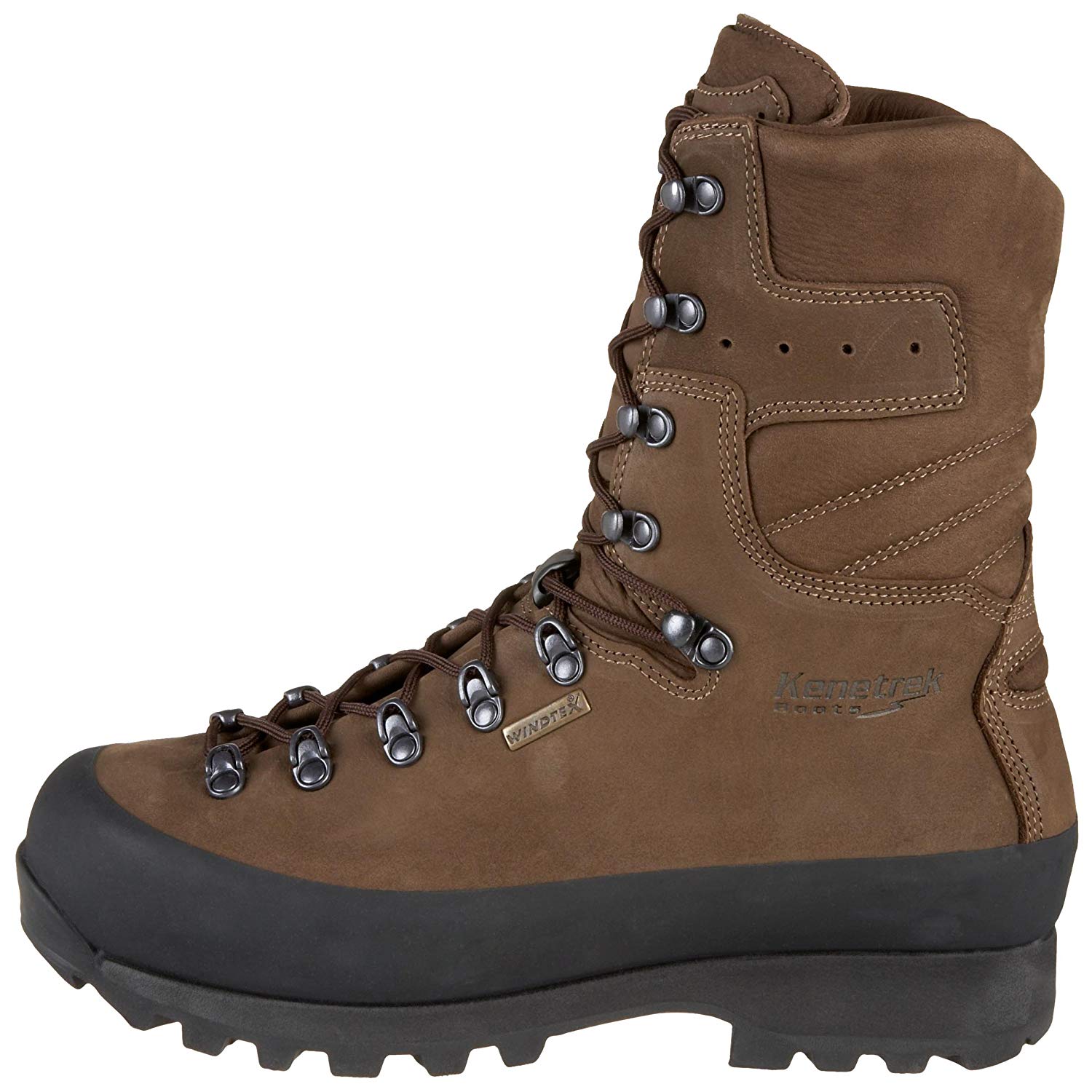Stepping Up: How to Choose the Perfect Pair of Hiking Boots
from web site
When it comes to embarking on outdoor adventures, having the right pair of hiking boots can make all the difference. Whether you're a seasoned hiker or just beginning to explore the trails, choosing the perfect footwear is essential for a comfortable and enjoyable hiking experience. With the wide array of hiking boots available in the market, finding the ideal pair that suits your needs can feel like a daunting task. However, armed with the right knowledge and tips, you can navigate through the options to find the hiking boots that will support you every step of the way. Let's delve into some key considerations to keep in mind when selecting your next pair of hiking boots.
Choosing the Right Fit
When selecting hiking boots, it's crucial to prioritize finding the perfect fit. Ill-fitting boots can lead to discomfort and potential foot injuries during your outdoor adventures. Start by accurately measuring your feet before trying on different styles and brands.
Consider your typical hiking terrain and conditions. Be sure to try on boots with the same type of socks you'll wear on the trail to ensure a proper fit. Remember, your feet swell during prolonged hikes, so leave a little room at the front of the boot to accommodate this natural expansion.
Walk around the store in the boots to test for any pinching or rubbing. Your heels should stay in place without excessive slipping, while your toes should have enough room to wiggle comfortably. Trust your instincts and choose the hiking boots that feel snug and supportive for your outdoor excursions.
Understanding Boot Features
When selecting hiking boots, it is essential to consider both the outsole and midsole components. The outsole of a boot provides traction and stability on various terrain types, so look for deep lugs and durable materials. The midsole, on the other hand, offers cushioning and support, with options ranging from stiff for rough terrain to flexible for easier trails.
Another important feature to pay attention to is the boot's upper material. This part of the boot affects durability, breathability, and water resistance. Synthetic materials are lightweight and quick-drying, while leather options offer greater longevity and protection against the elements. Choose based on your preferences and the expected weather conditions during your hikes.
Lastly, the type of boot construction can impact comfort and durability. Goodyear welt construction provides a long-lasting and resoleable option, while cement construction is lighter but may not be as tough. Consider your hiking frequency and the level of durability you require when deciding on the construction type for your hiking boots.
Maintenance Tips
To keep your hiking boots in top condition, it's important to regularly clean them after each use. Use a soft brush to remove dirt and debris, paying extra attention to the seams and crevices. If your boots are made of leather, consider using a specialized cleaner and conditioner to maintain their suppleness and water resistance.

After cleaning, allow your hiking boots to air dry naturally. Avoid placing hunting boots near direct heat sources like heaters or fires, as this can cause the materials to dry out and potentially crack. Stuffing your boots with newspaper can help absorb excess moisture and maintain their shape as they dry.
Lastly, make it a habit to regularly inspect your hiking boots for any signs of wear and tear. Check the soles for wear patterns, the laces for fraying, and the stitching for any loose threads. Addressing any issues early on can help prolong the life of your boots and ensure they continue to provide the support and protection you need on the trails.
